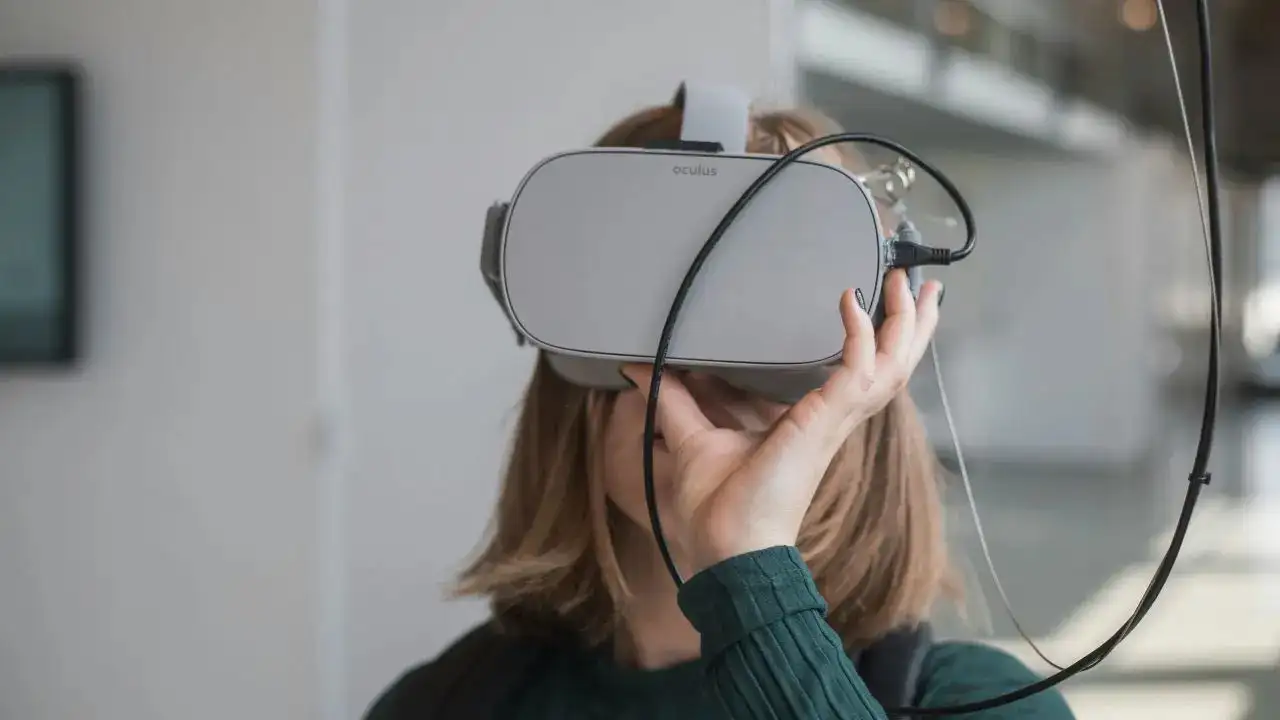Copyright timesnownews

Prof Dhiraj Singh As we evolve into a society that is—to use Raj Shamani’s podcast name—constantly ‘Figuring Out’ things there is much to be said about the future of learning. It may sound like a no-brainer to some but the gulf between formal education and learning is getting wider and wider by the day. Learning as educators like Maria Montissori had discovered as far back as the late 1800s is not a process that can be confined just to a classroom. In fact, one of the key aspects of Montessori’s approach rested on ‘autoeducazione’ or auto-education or self-learning which was shepherded by one’s own natural curiosities. Is standardized education necessary? While this way of learning may have been on the wish-list of many mavericks and outliers down the ages: from Socrates who favoured one-on-one dialogues to our own ancient gurukuls that believed in learning by doing to Confucius who used personal mentorship and storytelling to spread knowledge, there was always a pushback to standardized teaching and learning. However, with the arrival of the first Industrial Revolution—that necessitated learning how to use machines—education became standardized to the point being set in stone. Things came to such a head that Pink Floyd—the legendary 1970s rock band—had to anthemize the feeling with the lyrics: “we don’t need no education, we don’t need no thought control”. ‘Learning Agility’ Over Experience Now with digital transformation opening new doors and windows—the art and science of learning is also getting a much-needed relook. We are in the throes of a ‘learning flux’ which is changing workplace expectations with a premium on skills. A study published in the Harvard Business Review in 2023 highlighted how modern workplaces were increasingly valuing ‘learning agility’ over traditional academic credentials. It gave the example of Nokia Latin America’s rigorous process of selection for its elite leadership programme. In the selection process candidates were measured not on their experience or qualifications but on agility metrics such as change agility, mental agility, people agility and results agility. The common thread behind all these ‘agilities’ was the ability to figure a way out of new situations, problems and challenges. This kind of learning, a 2025 research by Stanford Graduate School of Education, also pointed out was made possible by including Scenario Based Learning (SBL) in schools for improving information retention. SBL in its varied forms entails students learn by solving real-world problems with their given skill sets and as their skill sets develop so do the difficulty-levels of the problems. ‘Netflix of Learning’ Approach It was UNESCO’s International Commission on the Futures of Education that began the conversation on this in 2021 in the aftermath of the Pandemic. In 2022 McKinsey and Company published ‘The Skills Revolution: The Future of Learning & Earning Report’, which was a landmark collation of research and data that made a case for urgent change. The report noted that higher education needed to adopt a skills-first approach, where courses and programs included real-world application of skills. It also called for bringing in micro-creditialing in higher education to give students more flexibility in choosing what they wanted to study. Moodle, an open-source Learning Management System, reiterated this in its 2024 report suggesting that universities and edtech platforms offer a “Netflix of learning” whereby learners could source their educational qualifications according to their needs. In fact, open learning platforms such as Coursera, Khan Academy and edX began to seriously follow the Netflix approach offering a mix of courses that gave freedom to students to learn at their own time and pace. NEP 2020’s push for including MOOC (Massive Open Online Courses) through its free SWAYAM portal is also a step in that direction. Learning To Make Sense Not Completing Syllabus A key driver of this trend is the explosion of online how-to content that creates value in learning what one wants to. From tutorials for cooking pasta with just three ingredients to understanding history through Gobeklitepe’s 10,000-year-old excavations—there is learning content for all. The future of learning has never been as exciting. According to Pew Research Center over 80% of adults in the US pursue learning outside of formal institutions, often through online videos, podcasts or interest groups. The World Economic Forum has for some time been advocating ‘learning portability’ or a system where skills and knowledge are transferable across domains and careers. Much like how we retain the same mobile number but move to another service provider. The future of learning is less about memorizing facts and more about developing the capacity to learn, unlearn and relearn continuously. While the future of education remains crucial, it is the future of learning—personal, informal, lifelong—that holds the key to addressing the complexities of the 21st century. Perhaps it is really—as Pink Floyd suggested long ago—it is time to “leave them kids alone”. (Prof Dhiraj Singh is Deputy Dean, Times School of Media & Head, Centre for Media & Technology, Bennett University)



